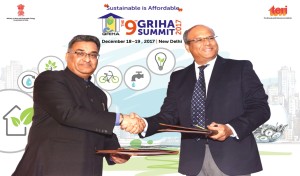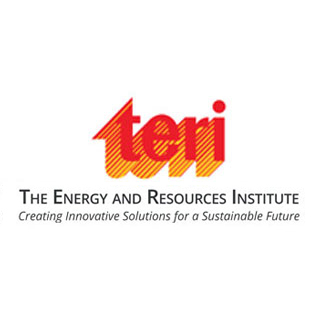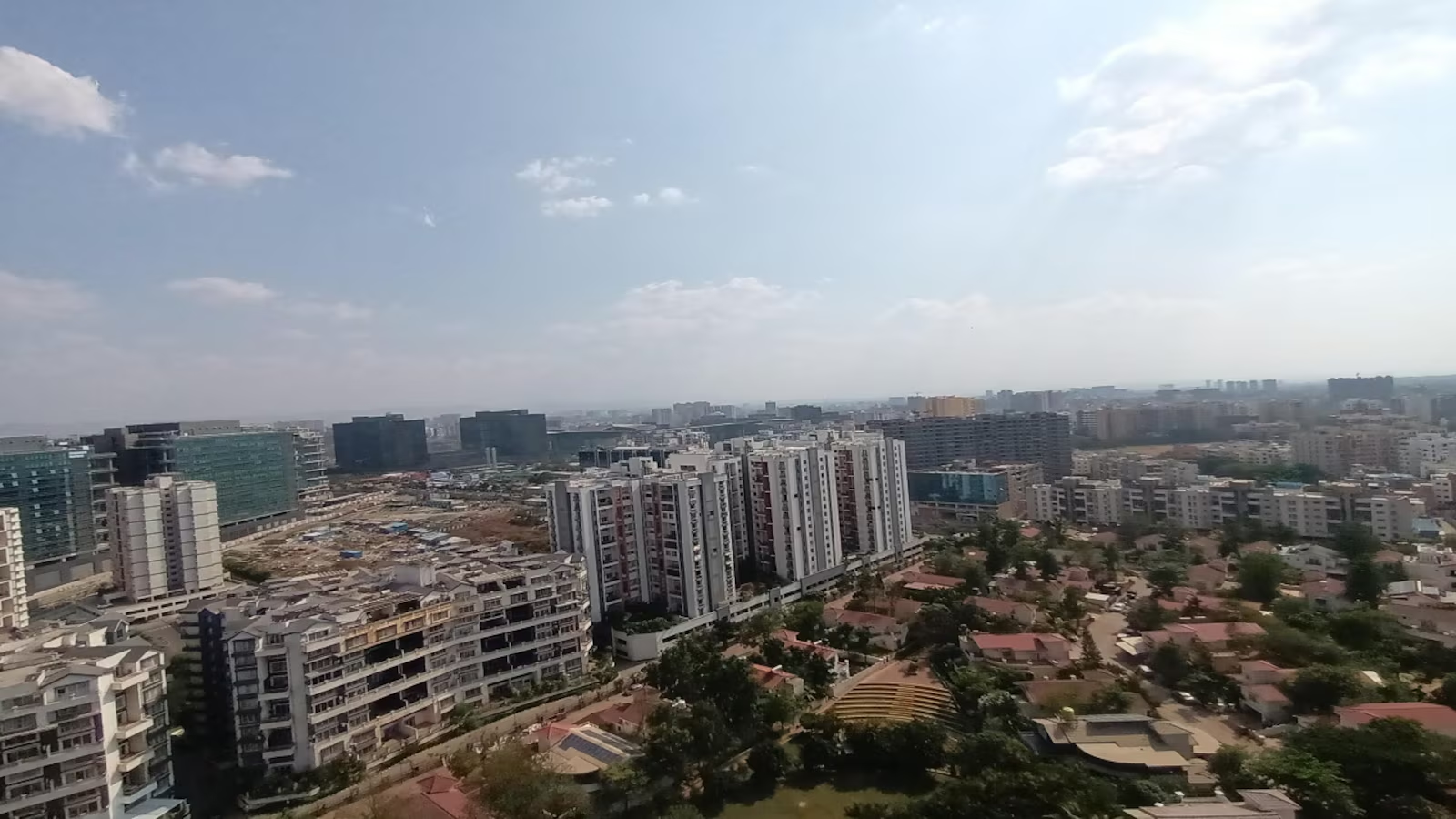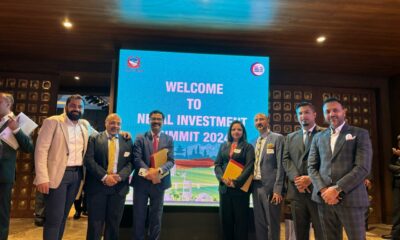Guest Column
Sustainable lifestyles
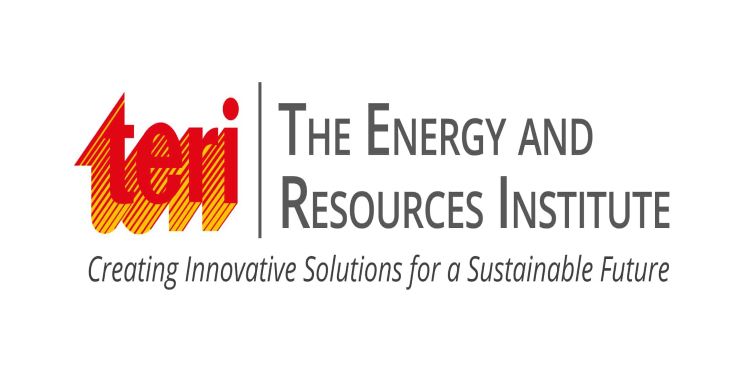

Swati Agarwal, TERI, Energy Efficiency is integral to achieving Sustainable lifestyles
COP22 opened with nearly 197 countries coming back together to address the climate agenda in Marrakesh, Morocco in early November this year with an aim to operationalize the elements that are important for keeping the global temperature increase to below 2 degree Celsius.
India hosted its Pavilion at COP to exchange ideas and strategies with the world on positive steps that India is taking to counter Climate Change challenges. If there is one key message that visitors and participants of COP 22 at the India Pavilion will take back with them, it is ‘Sustainable Lifestyles’. At the inauguration of the India Pavilion, Mr Anil M. Dave, Hon’ble Minister of the Environment, Forest and Climate Change (MoEFCC) emphasized the need for all to adopt sustainable lifestyles as the only means to address climate change. He reiterated that through concerted efforts by India at Paris Conference last year, the preamble of the Paris Agreement recognizes that sustainable lifestyles, with developed country parties taking the lead, play an important role in addressing climate change. However, it was left open to definitional interpretation of sustainable lifestyle as well as on modalities to operationalise it. COP22 in that regard was looked upon as the ‘COP of Action’ to set forth rules to operationalise the implementation of these important elements.
In the past few years, with flowing consumptive aspirations across the world, countries are relentlessly following the growth models of developed economies while inadvertently leaving behind their inherent models of sustainability. It is seen that the global material consumption has risen to nearly three times in 40 years between 1970 and 2010, resulting in approx. 60 billion tonnes of consumption per year, putting humungous pressure on resources. Trend charts indicate that since 1990,countries have added 28 megacities to the world with a total of 453 million people – an increase from 10 million people in 10 megacities two decades ago. Future projections indicate a number close to 40 megacities with exponentially growing population by 2030s. With the new set of infrastructure likely to be built in future, opportunities to integrate the elements of sustainable lifestyles in upcoming new developments is imperative.
India, with its rapidly growing population, is also expected to bag nearly 7 of the 40 megacities that are likely to develop in future. Moreover, being a developing economy, most of India’s infrastructure, nearly 66%, is yet to be built in the country.
In addition, India is currently at a per capita electricity consumption of less than 1000 kWh per person per annum, while the global average revolves around 4000 kWh per person per annum. There are also some developed countries who are consuming nearly 12 times of electricity consumption in India, thereby putting humungous pressure on resources.
It is seen that while India is advocating for all countries to incorporate the principles of sustainable lifestyles, it is also implementing it through its ambitious policy choices. For instance, India aims at meeting electricity for all with an ambition of not increasing its average per capita energy consumption to more than global average. In order to achieve this goal, domestic policies on energy efficiency, such as the market based model for LEDs in buildings; one in its kind market based scheme for trading energy efficiency in Industries through its Perform, Achieve, and Trade (PAT) scheme etc. play a pivotal role. While these policies are translating the goals of moderated consumption and zero-wastage, they also allow for active behavioral change in the society that calls for low consumptive behavior in the long run. However, continued momentum in this area by identifying
-



 News4 weeks ago
News4 weeks agoKW Delhi 6 Mall Onboards New Brands
-



 News4 weeks ago
News4 weeks agoCommercial Realty Gets Tech Savvy: Fast Construction, Enhanced Convenience
-



 News3 weeks ago
News3 weeks agoGodrej Properties Sells Rs 3k cr+ Homes of Godrej Zenith, Gurugram, within 3 days
-



 News3 weeks ago
News3 weeks agoRBI’s Status Quo on Key Policy Rates to Help Maintain the Real Estate Growth Momentum, Say Industry Stalwarts
-



 News2 weeks ago
News2 weeks agoOlive Announces Dhruv Kalro as Co-Founder
-



 News1 week ago
News1 week agoNoida’s High-Rise Societies Face Multiple Challenges Despite Rapid Urban Growth
-



 News3 weeks ago
News3 weeks agoGodrej Properties Sells 5000+ Homes of Rs 9.5 cr in Q4FY24, Bookings up 84% YoY
-



 News2 weeks ago
News2 weeks agoVestian: Domestic Investors Dominate Institutional Investments in Jan-Mar’24











